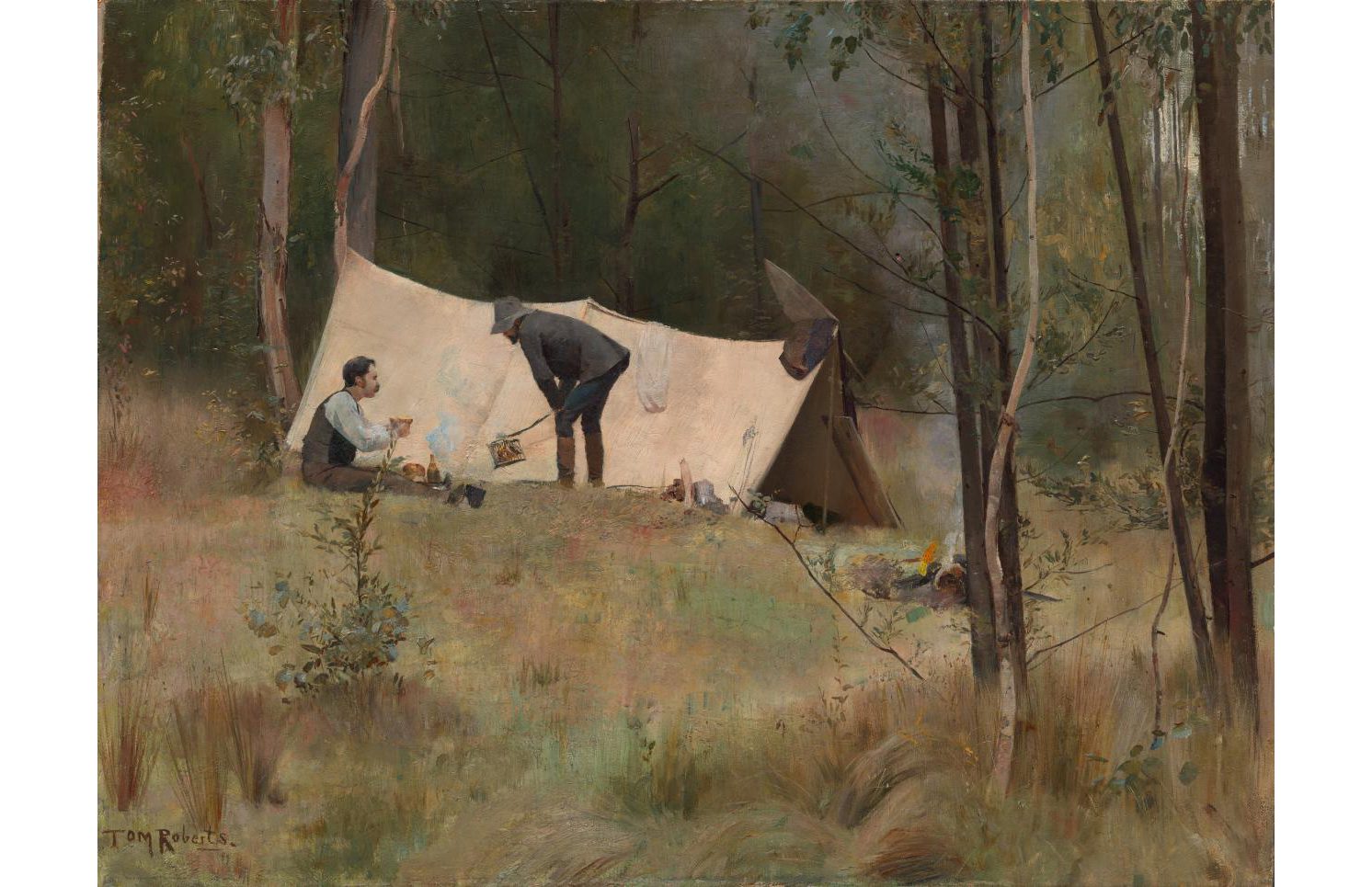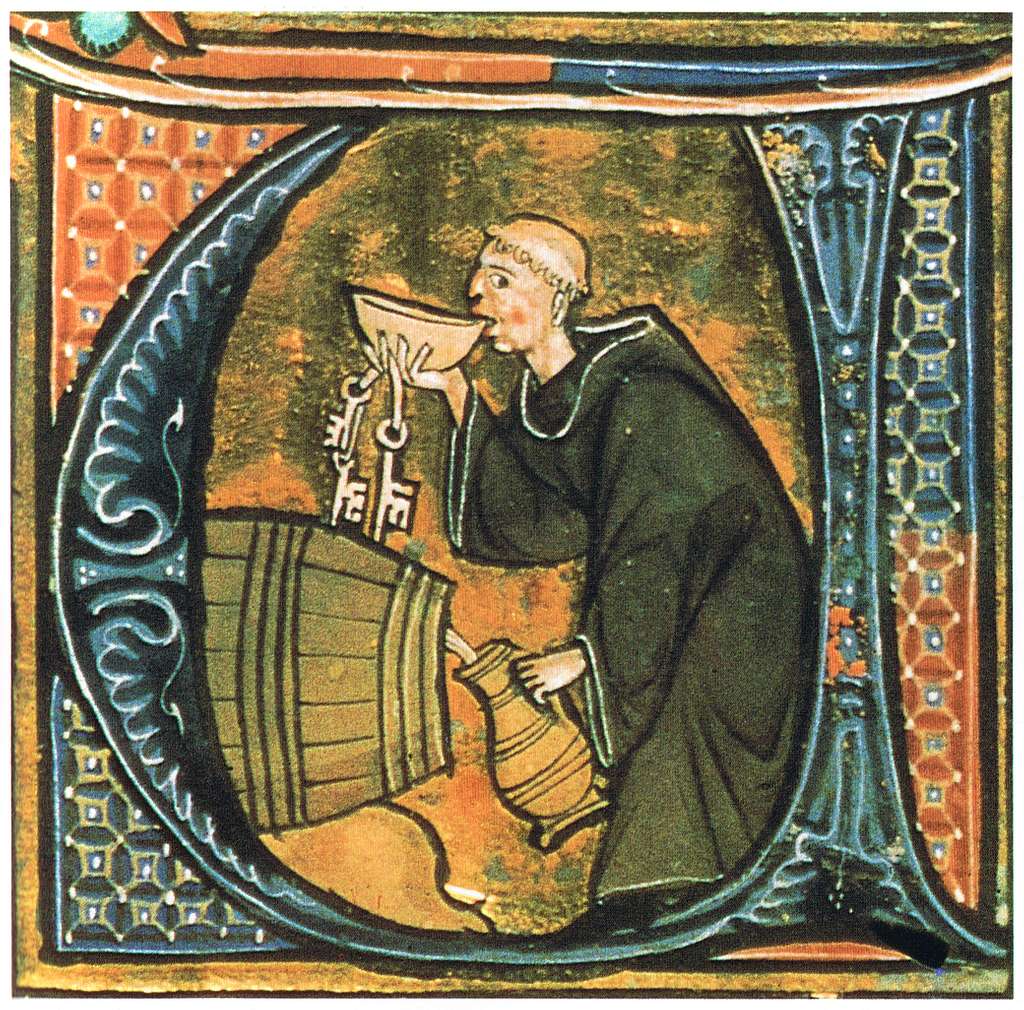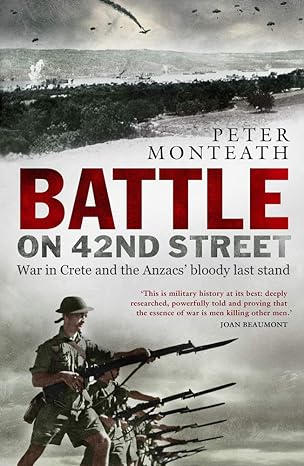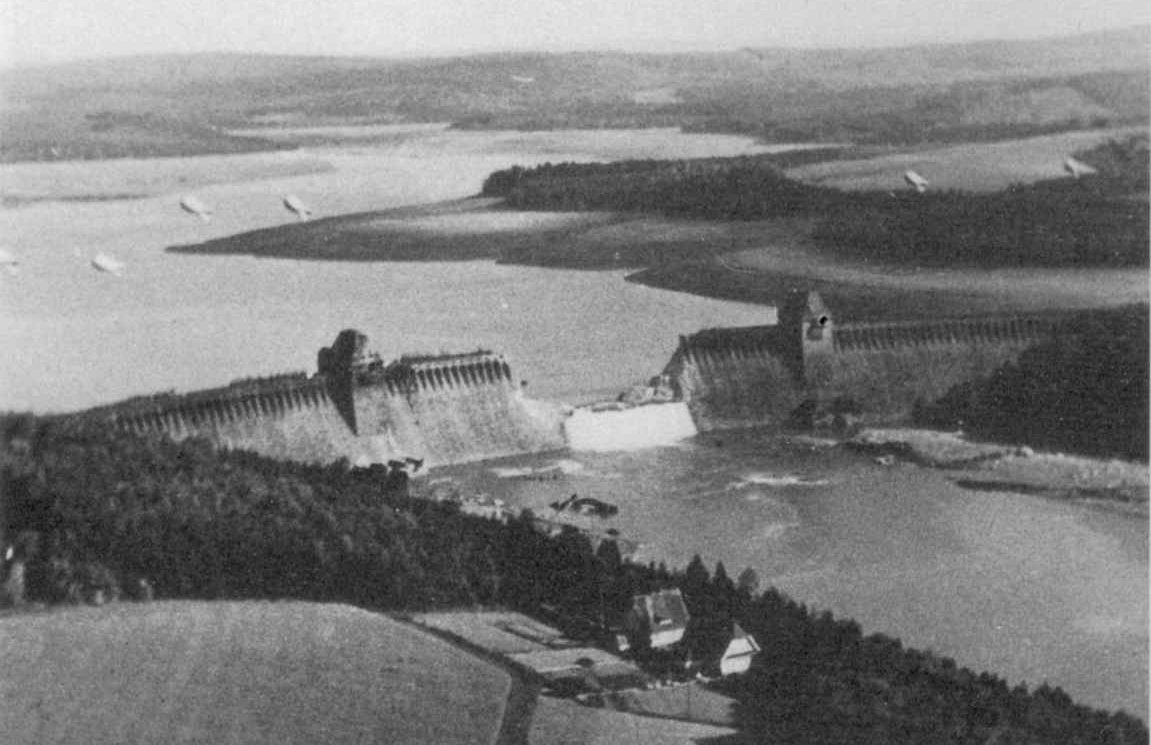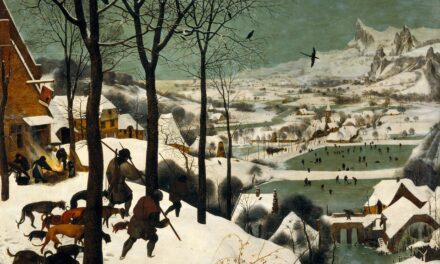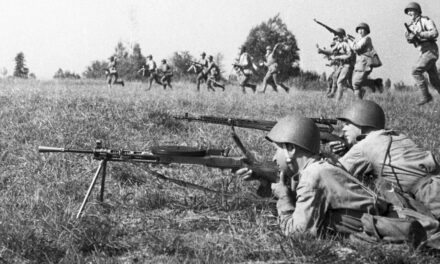The History Guild Weekly History Quiz.
See how your history knowledge stacks up.
Have an idea for a question? Suggest it here and we’ll include it in a future quiz!
Want to know a bit more about the questions in the quiz, or the story behind them? Read on!
1. Which school of painting was Australian artist Tom Roberts part of?
Heidelberg School – Thomas Roberts was an English-born Australian artist and a key member of the Heidelberg School art movement, also known as Australian impressionism.
2. How many Nobel prizes did Marie Curie win?
2 – She won the Nobel prize for Physics in 1903, then the Nobel prize for Chemistry in 1911.
3. What was the estimated population of Australia in 1770?
750,000 – Recent archaeological finds suggest that a population of 500,000 to 750,000 could have been sustained, with some ecologists estimating that a population of up to a million. More recent work suggests that Aboriginal populations exceeded 1.2 million 500 years ago, but may have fallen somewhat with the introduction of disease pathogens from Eurasia in the last 500 years.
4. Which of these was NOT invented for a military purpose?
Bicycle – It was invented by a German Baron for personal transport. Microwaves were invented as part of Radar, duct tape was invented to seal ammunition boxes and radio control was used for the first guided weapons.
5. In what year did the 8 hour day movement begin in Australia?
1856 – Read more about the campaign here Why Do We Have an 8-Hour Working Day?
6. Where did Alexander the Great die?
Babylon – At the age of thirty-two Alexander died in the palace of Nebuchadnezzar II in Babylon. Alexander probably died of typhoid fever.
7. Which helicopter is this?

Bell 47G – The first helicopter certified for civilian use in 1946, over 5,600 of them were produced. It saw extensive military service, particularly in a casualty evacuation role during the Korean and Vietnam wars.
8. The codename ‘Case White’ was given to which military operation?
The German invasion of Poland – Fall Weiß (Case White) was the German strategic plan for the invasion of Poland in September 1939. The campaign in Poland would be fought along traditional lines, which mainly restricted the role of armour and mechanized forces to supporting the conventional infantry divisions. This stemmed from conservatism on the part of the German High Command, who ignored some generals, including Heinz Guderian, who were advocating for a Blitzkrieg. This would have had the armour punching holes in the enemy’s front and ranging deep into rear areas
9. Who lead the Wave Hill station walk-off, which eventually led to the Aboriginal Land Rights Act 1976?
Vincent Lingiari – Before 1968 it was illegal to pay an indigenous worker more than a specified amount in goods and money. In many cases, the government benefits for which Indigenous employees were eligible were paid into pastoral companies’ accounts, rather than to the individuals. Vincent Lingiari was a stockman who was elected leader of the Wave Hill station workers in August 1966. He led his people in the Wave Hill walk-off, also known as the Gurindji strike.
The strike lasted eight years. Over that time, support for Aboriginal land rights grew and eventually led to the Aboriginal Land Rights (Northern Territory) Act 1976. This act was the basis by which Aboriginal Australian and Torres Strait Islander people could apply for freehold title to traditional lands (known as Native title in Australia) in the Northern Territory and, significantly, the power to negotiate over mining and development on those lands, including what type of compensation they would like.
The story of Lingiari is celebrated in the Paul Kelly and Kev Carmody song “From Little Things Big Things Grow”.
10. The Battle of Balikpapan was part of which conflict?
WW2 – The Battle of Balikpapan was the concluding stage of Operation Oboe, the campaign by predominantly Australian and American troops to liberate Japanese-held British and Dutch Borneo. The landings took place on 1 July 1945. It was the largest amphibious operation ever undertaken by Australian forces.
Articles you may also like
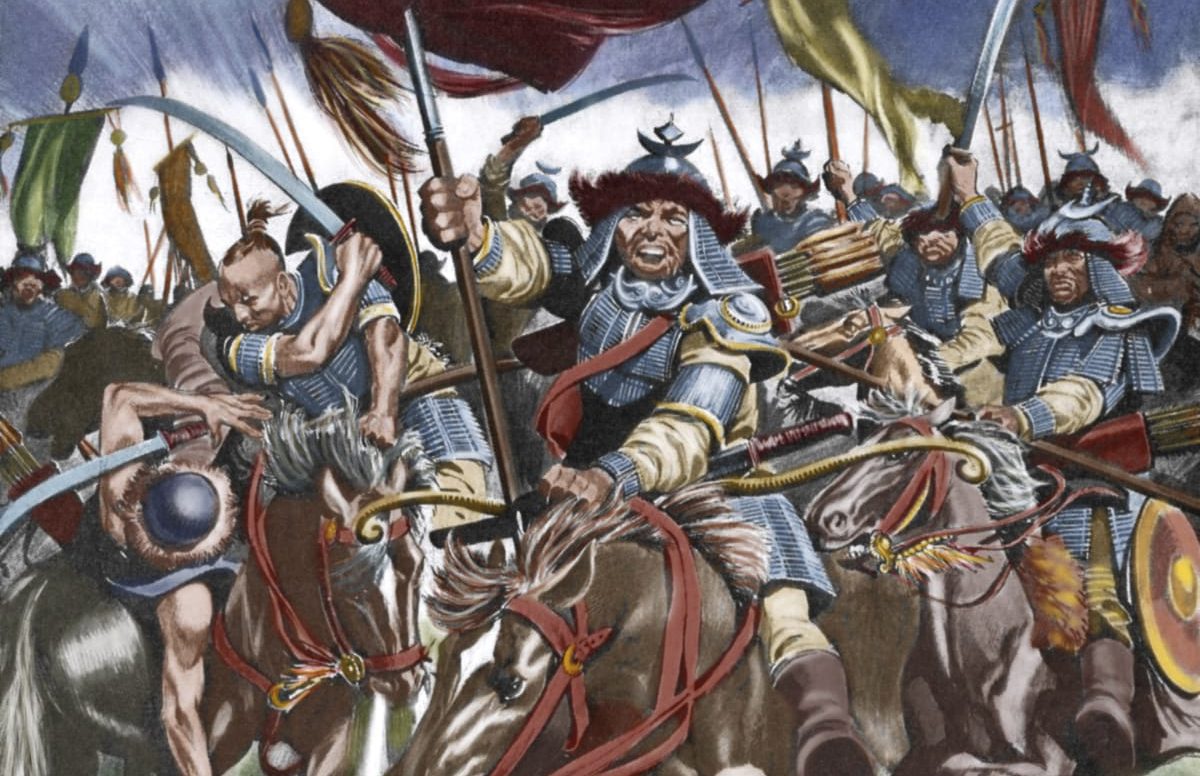
The Great Events by Famous Historians, Volume 4 – Audiobook
THE GREAT EVENTS BY FAMOUS HISTORIANS, VOLUME 4 – AUDIOBOOK By Charles F. Horne (1870 – 1942),Rossiter Johnson (1840 – 1931) A comprehensive and readable account of the world’s history, emphasizing the more important events, and presenting these as complete narratives in the master-words of the most eminent historians. This is volume 4 of 22, covering from […]
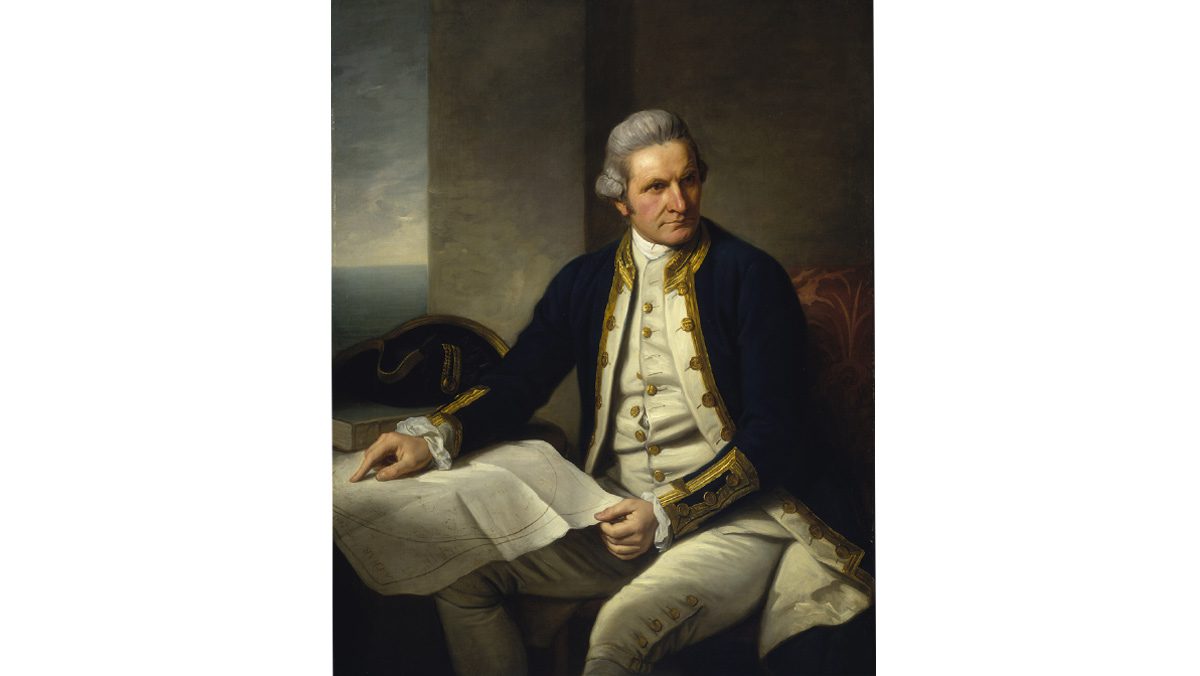
Captain Cook: The Aboriginal Perspective – New Podcast
Captain Cook has been celebrated, wrongly, as the first European to discover Australia but many now believe it is time to reappraise his legacy particularly in light of the devastating effect it had on the native Aboriginal people of Australia. Professor John Maynard is a Worimi man and Director of Aboriginal History at The Wollotuka […]

